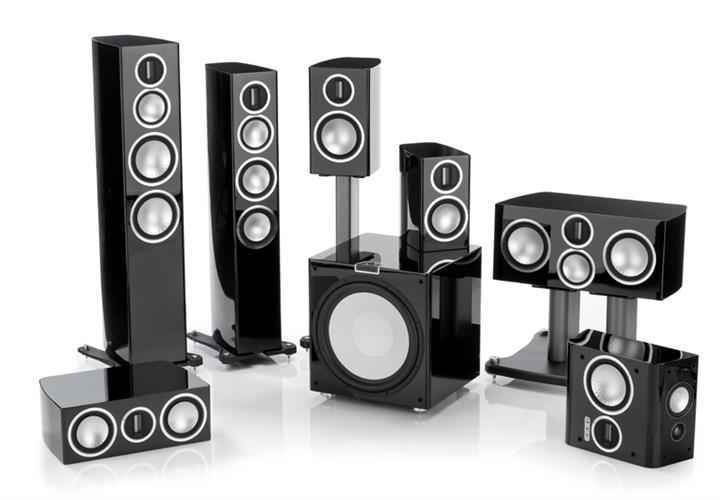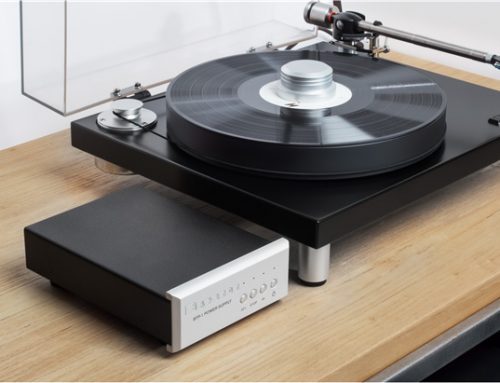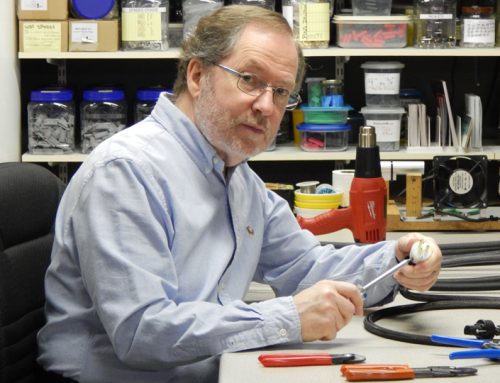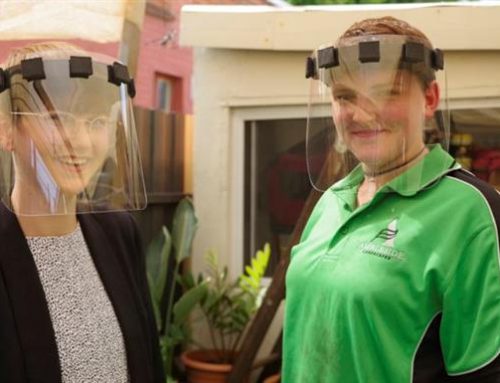Accuracy & Imaging
This brings us to a very important aspect, which is accuracy and imaging. There are a number of factors involved here that we need to consider. The first factor is that of cabinet resonance. With the movement of the tweeter and woofer, the speaker cabinet, to which the drivers are affixed, will vibrate or resonate. Cabinet resonance is an undesirable result of the movement of the speaker drivers. These resonances negatively impact the accuracy or purity of the sound waves emitted by the speaker drivers with an audible effect. The manifestation of these unwanted resonances is typically a blurring or muddiness of the sound, with reduced clarity and transient speed as well as vagueness/loss of imaging. Imaging is the ability of a stereo pair of speakers to present sounds in perceived fixed locations before the listener – left to right, closer and farther, as well as higher and lower. Good imaging, commonly referred to as the soundstage, can recreate the various elements of the sound, such as the singer or instruments, as if they were in-front of the listener. Speaker engineers try to design speaker cabinets to minimize resonances and their negative effects; however, all speaker cabinets resonate to some degree. The fact is that the larger the cabinet and the longer the cabinet walls the more difficult it is to reduce cabinet resonance. Floorstanding speakers require additional internal bracing to keep their resonances in check, given their larger and longer panels. However, without great additional cost, it is very difficult to reduce a floorstanding speaker’s cabinet resonances to the level of a bookshelf speaker. This means, that in our scenario, the bookshelf speaker will have lower cabinet resonance and therefore, better or more accurate, clearer sound with better imaging than the floorstander.
The next factor is baffle interaction. The baffle is the front facing panel of the speaker to which the drivers are generally mounted. When the speaker drivers move and emit sound, some of the sound waves travel across the baffle before rolling around the speaker to the back. A larger baffle will have a greater impact on the emitted sound, which can be compensated for in part by the crossover design but ultimately, larger baffles generally result in larger negative impacts on frequency response, while also reducing the ability of the speaker to go unnoticed or disappear within the soundstage. Hence, a floorstanding speaker, having a larger front baffle, will be more negatively impacted by this effect and a bookshelf speaker will generally have a more even frequency response with better imaging.
Another factor is floor bounce. Since the speakers we are considering are both two-way, two-driver models, floor bounce will generally not be a significant factor. Floor bounce is the reflection of the sound waves emitted by the drivers off the floor between the speaker and the listener. The closer the speaker drivers are to the floor, the more detrimental the impact, which generally presents itself as a hump in frequency response between 100 Hz and 200 Hz. In a two way speaker, the drivers would likely be significantly elevated, minimizing this effect. This would be something to pay more attention to in a multi-driver floorstanding speaker that has drivers close to the floor, in which case the bookshelf speaker would generally be more immune to this distortion.
Something to keep in mind is that as you add drivers to a speaker it generally requires a more complex crossover. Crossovers have a detrimental effect on the audio signal, which can be minimized by design, parts and engineering but never completely eliminated. More complex crossovers will have greater potential to negatively impact the audio signal and most often floorstanding speakers will have more drivers and more complex crossovers than bookshelf speakers. This is not an absolute and doesn’t relate to our scenario but is worth keeping in mind.
Conclusion
So what’s the verdict? In our controlled scenario, the results are that: cost, size and power handling are irrelevant; placement & décor and accuracy & imaging favour the bookshelf speaker and; sensitivity & volume, together with, bass extension favour the floorstanding speaker. In most general terms, this means if bass and higher volume capability are of prime importance, a floorstanding speaker will have the advantage; whereas, if accuracy, imaging and flexibility of placement turn your key, then a bookshelf speaker will likely be the more attractive choice. In the real world things get more complicated with varying quality, materials, driver types and multiple drivers, along with subwoofers. This information can help as a guide but the only way to get to a definite answer is to try as many speakers out in your room as you can and let your ears guide you.
Advertisement: Shop for loudspeakers at the CANADA HiFi Shop (novo.press/shop).






